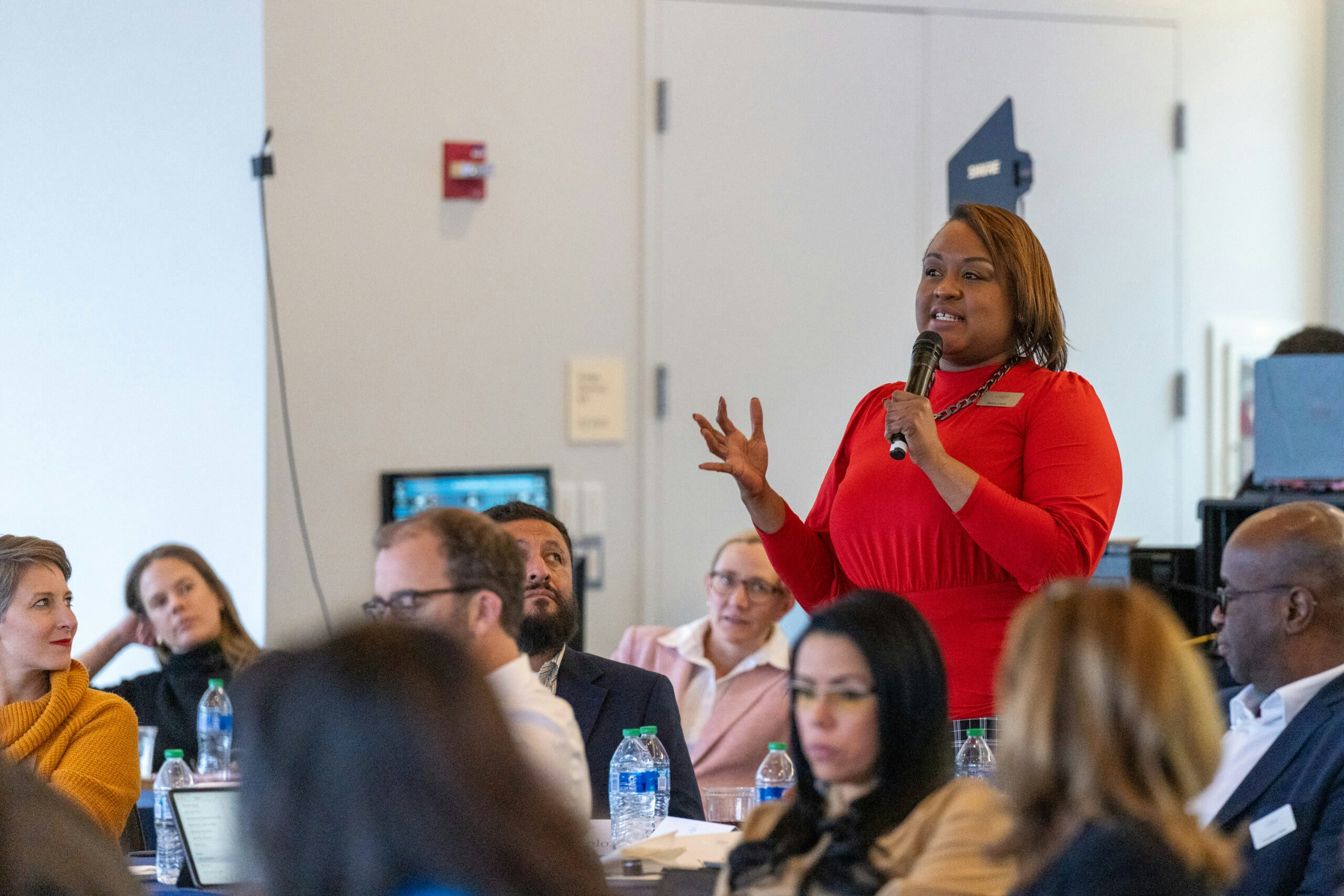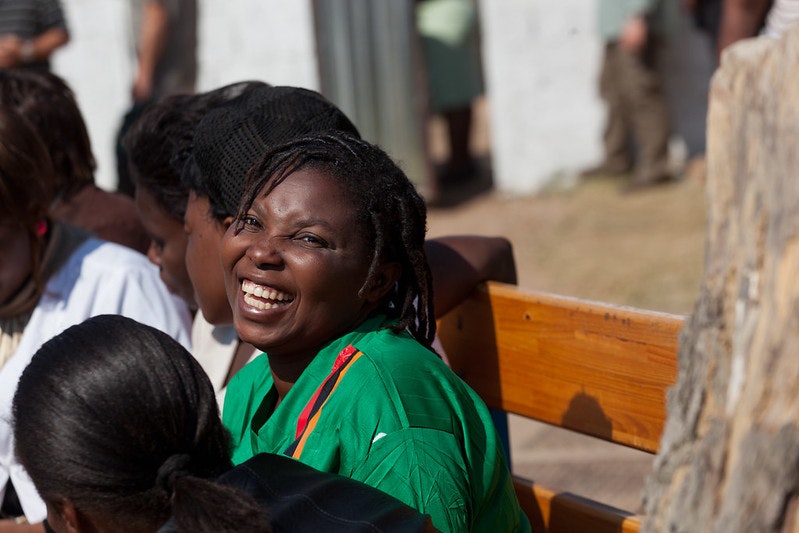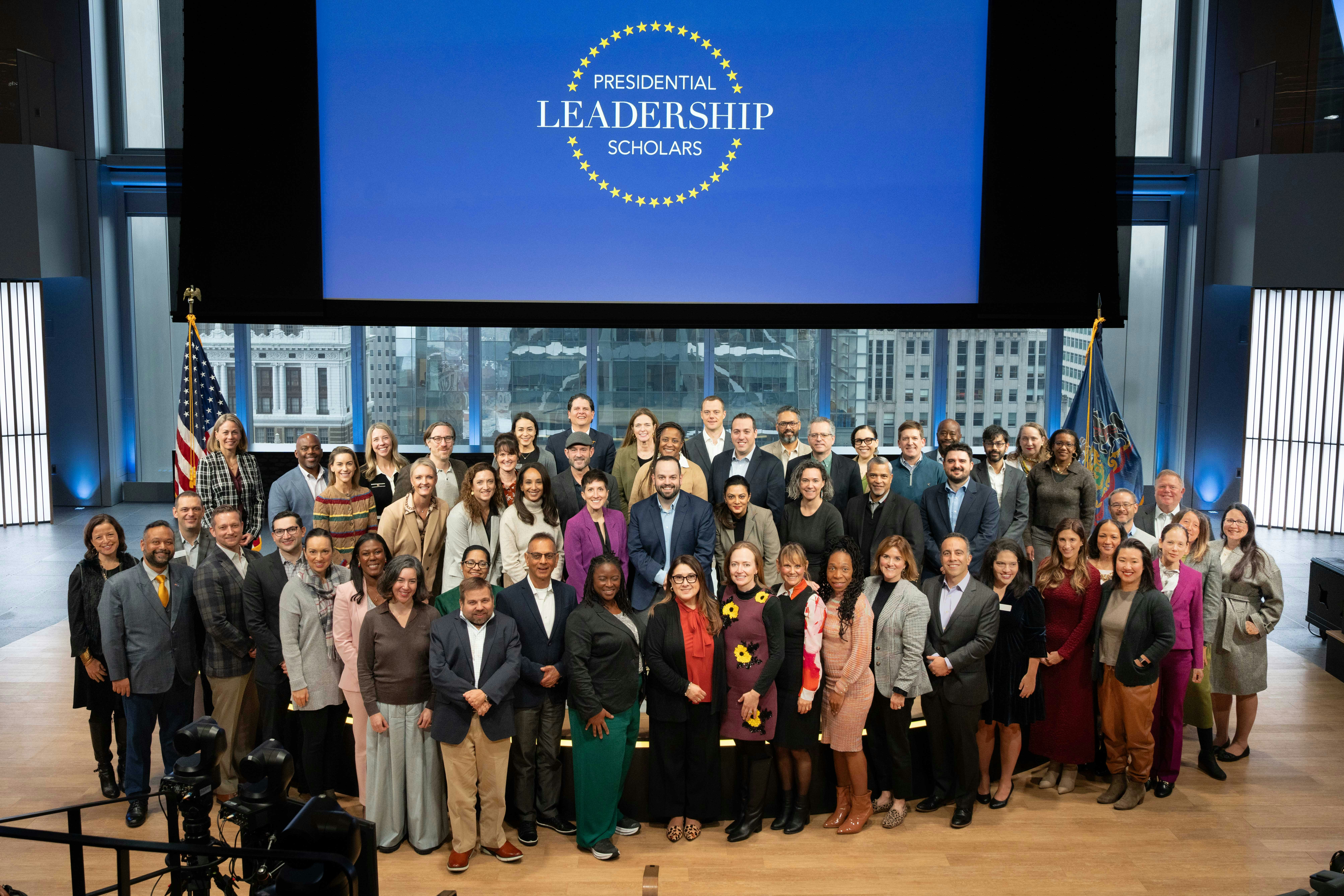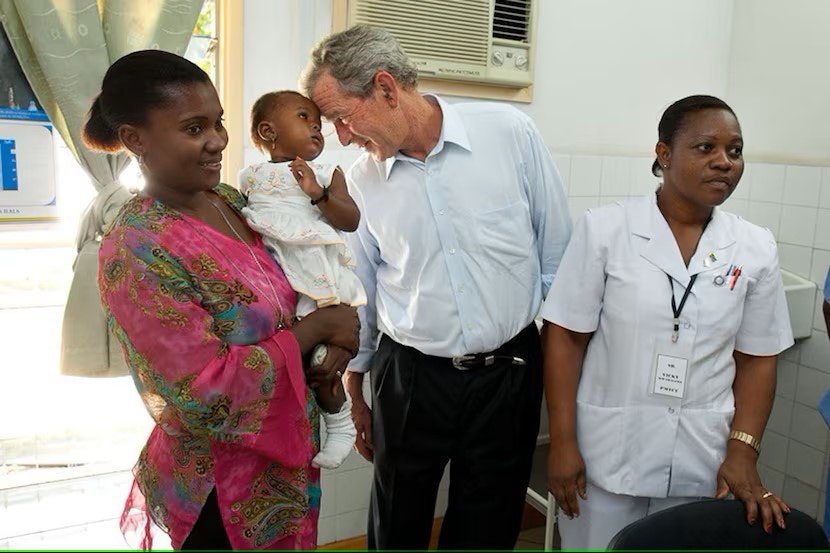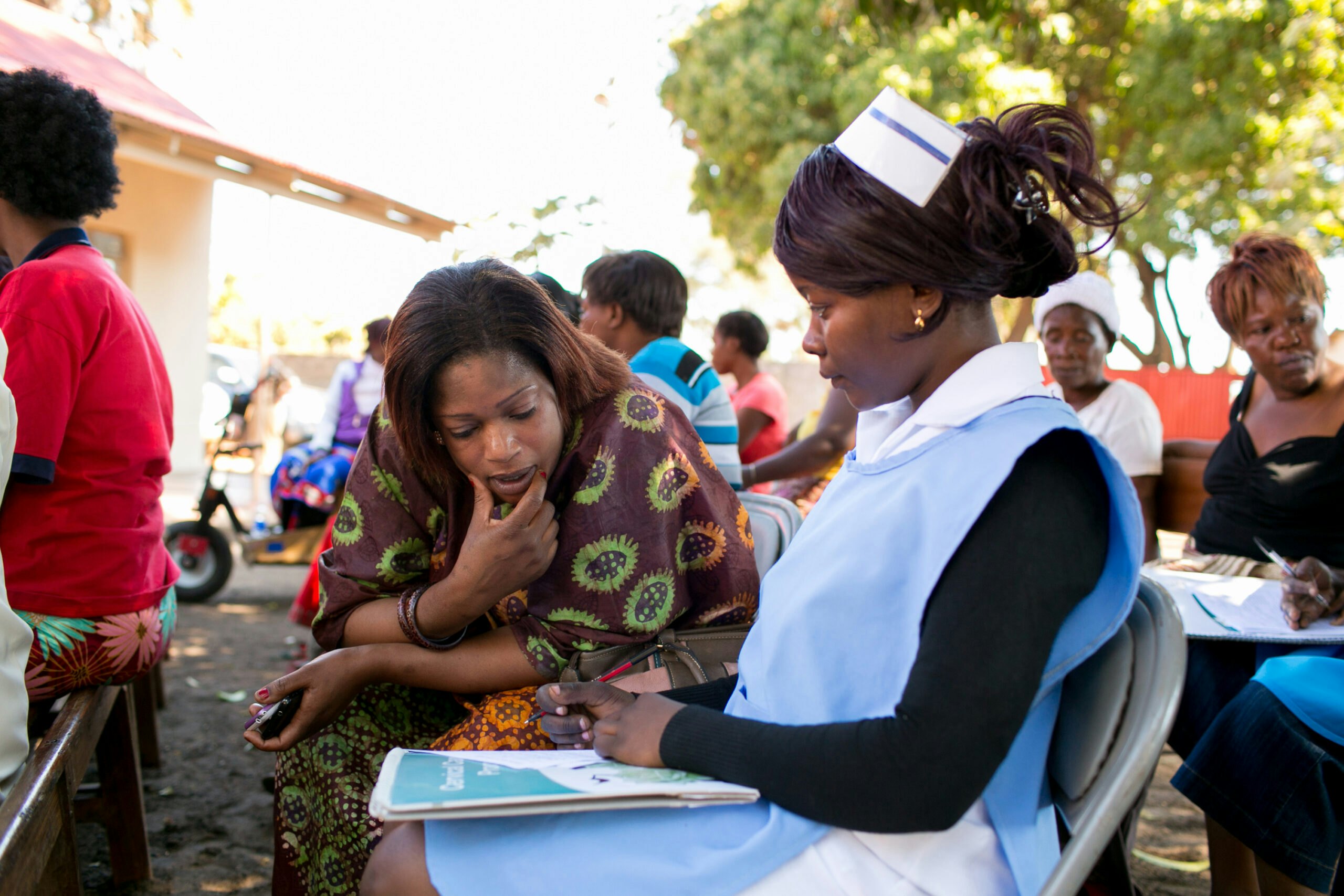Dr. Amy Fiedler is a cardiothoracic surgeon, an assistant professor at the University of California San Francisco, and a 2020 Presidential Leadership Scholar. As Fiedler was finishing up a standard heart transplant last December, she noticed something she had never previously experienced: Everyone in the operating room, including the patient, was a woman. After documenting the moment with a selfie, Fiedler later learned that she likely led the first all-female team to perform a heart transplant.
What was your role in this surgery, and what was the makeup of your team?
In early December, I’m what’s called the attending cardiac surgeon on call that day, which means I’m in charge. I’m the surgeon in charge of transplants. And a suitable donor became available, which I accepted, and that kind of kicks off the whole thing about doing a transplant. So I came in as the surgeon. I’m the kind of the person in charge, the leader of the operating room, and the team that stands up around that, the team that’s formed in order to make the transplant happen in the operating room, consists of myself, the attending surgeon, my assistant who’s a resident or a fellow in training who also happens to be a woman, Dr. Scrimgeour. Anesthesiologist, that’s the person who puts the patient to sleep and keeps them safe during the operation and administers medications. That was Dr. Charlene Blake and Dr. Blake’s resident, who is her assistant, Dr. Jackie Meezer.
All the physician team members were women, which is super unusual. And then the nursing staff consists of two nurses. We had Rui Cornell and then a traveling nurse named Suzanne Hart. And the person who runs the heart and lung machine, which is the machine that supports the patient through open heart surgery, her name is Ashley Risso. So, the entire group in the operating room all came together just randomly being on call the same day, at the same time – we were all women. And then also ironically, our patient is a woman. Females make up smaller percentage of recipients of heart transplants as well, so it was just kind of the stars aligned for us to get an all-female team together.
How did you realize you all potentially just made history – what were you thinking at that point?
To be honest, I didn’t realize that we were likely the first all-woman heart transplant team. I just thought it was pretty cool that when we were all said and done, when the hard part of the case had been over and we were just finishing up, I looked up and recognized that every single person in the room was a woman. And that in and of itself felt really unique. I mean, outside of being the first all-woman heart transplant team, it was just super unique even to have just for any surgery, cardiac surgery, an all-woman team together. And so, when we recognized that and we were all pleased because the case had gone really well, we were happy that we were finishing up and we said, “Oh, we should get a picture of this just to commemorate the fact that we’re an all-woman team doing the heart transplant.” So, Dr. Blake had a phone and was in a good position for it, so we just took a selfie.
After taking time to reflect more on being part of this surgery, are you thinking more about what could be next for women in these underrepresented roles?
Of course. Interestingly, while it was a moment in the operating room when we recognized that we were an all-woman team, it hasn’t been for me until this story has gained traction and kind of regional and national publicity that I’ve really had the opportunity to sit back and reflect upon what it truly represents and what it means. Honestly, I have always been passionate about heart surgery and taking care of patients in medicine. And I feel like I’m just showing up to my job every day. This is what I do day in and day out. And I’m very lucky and privileged in the sense that during the majority of my career, I have not felt that I have been held back as a result of my gender. Others have had those unfortunate moments, and things can be difficult as a result. So what I hope and what I’ve reflected upon is the impact that this has on the younger generations – those who may be interested in medicine, those who may be interested in heart surgery. It allows for representation and allows for these young girls to see our group.
And if they’ve even had a fleeting thought that they’re interested in heart surgery, maybe they can say to themselves, well, if they can do it, so can I. And on the other hand, I think it also represents a very important moment for those who have come before me. There have been many, or not many, but there have been women who have been remarkable trailblazers in medicine and surgery and heart surgery who haven’t been as lucky as I have been to be at an institution that really represents and is driven by excellence and recognizing that DEI efforts are important and bringing together diverse individuals is important and does provide improved patient care. And this story just highlights what greatness can come when we focus on these initiatives.
Can you talk about your role as a leader in that room and as a mentor to those other women – what’s your approach to leading?
I’ve learned a lot through my time in PLS about my leadership style and approach, especially when I’m dealing with multidisciplinary groups. Working in the operating room, you’re dealing with folks who are of your same level or job. So I work with my fellow and the anesthesiologists. These are all individuals who have similar backgrounds, or not backgrounds necessarily, but similar training, similar education. We really speak the same language, but we also work with nursing staff, some of whom are not even always at our institution. These people rotate in and out. And so it’s really important, I’ve learned, to listen and to command the room, so everyone recognizes that I am the leader of the room as the surgeon, but their voices can be heard and should be heard.
And if anyone has any question, concern, comment that they should be free to voice that, and I am going to listen to it and so is everyone else in the room and take it seriously. I think this is how we have not only improved patient outcomes, but improved job satisfaction for everyone who works in a really challenging environment, which is health care. And it renews energy and excitement around patient care, so that’s how I lead. And those are some skills that have really been reinforced through my time in PLS and working across disciplines within my cohort and the alumni network and recognizing that all viewpoints are not the same, but all viewpoints should be heard and should be respected.
Are there any takeaways or learnings from PLS that contributed to that moment or helped you process this accomplishment?
I would say a few things. The first would be that PLS has given me confidence to do things that I would have otherwise not attempted. I was at a point in my professional career where I was ready to make a change. However, I was scared. I knew I was ready to make a change, but it’s difficult to make that jump. I relied heavily upon my PLS colleagues to talk through some of these difficult career moments and pivotal decisions. And that catapulted me to make this jump to come to UCSF, which has been wildly successful. And I’ve been exceptionally happy both professionally and personally as a result of that change. And I don’t think that I would’ve had the confidence to move forward with that professional change if I didn’t have the support and the knowledge base of my diverse cohort of colleagues.
I think, secondly, I’ve learned a lot about leadership styles, listening, recognizing diversity of thought and opinion, and respecting that. It can be really easy to be in your own head and be very linear, especially when you’re in the operating room. And the skills that I’ve learned through PLS as they relate to leadership have allowed me to grow exponentially as a surgeon leader, not only in, but also outside of the operating room, being more effective from an administrative standpoint.
And then, lastly, my time in PLS has allowed me to have this amazing network of friends and colleagues all over the country who I don’t just rely upon for professional advice or for interesting intellectual conversation, but also for social stuff. I mean, my class got together in Washington, D.C., a couple of weeks ago, and we were able to bowl at the White House as a result of some amazing jobs that two of my cohort colleagues have. And it’s just incredible the network of individuals that are brought together to that end up fulfilling you on so many different levels personally and professionally.








